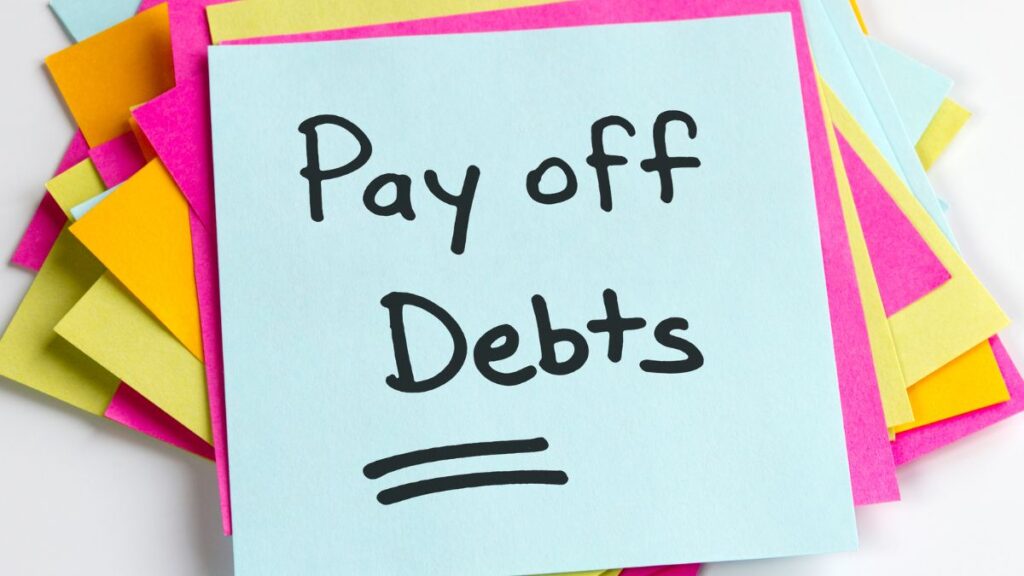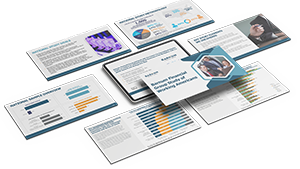
In the midst of a potential recession and continued high interest rates, controlling debt is a major concern for individuals, corporations, and governments navigating a turbulent economy. Two prominent strategies for managing debt crises are the debt snowball and debt avalanche.
The debt snowball method directs attention to the smallest debts, regardless of interest rates. Each triumph, no matter how modest the payment, serves as motivation, propelling a “snowballing” momentum that frees up your funds for tackling larger financial burdens.
In contrast, the debt avalanche method prioritizes debts with the highest interest rates. It minimizes the overall interest paid by aggressively confronting these financial challenges first, leading to substantial long-term savings.
The Debt Snowball Method
The snowball method’s allure lies in seeing debts disappear in quick succession, regardless of interest rates, that fuels motivation and builds confidence. The thrill of scoring frequent victories, like paying off a credit card bill, keeps you engaged and energized on the long journey to debt freedom. The psychological wins and momentum you gain save you more than money. It saves your sanity and fuels your drive to be debt-free, one snowball at a time.
It might be a good idea to prioritize small balances over high-interest ones because it may result in paying more interest in the long term. The compounding interest on larger debts can escalate as you direct your focus toward smaller obligations. Carefully evaluate both aspects before committing to the snowball approach.
The Debt Avalanche Method
The debt avalanche approach adopts a strategic stance. Prioritizing high-interest debts regardless of their balance size is a prudent move that preserves your income. The effectiveness of this debt repayment technique hinges on a thorough analysis and prioritization of debt, interest rates, and payment resilience.
Be warned, the debt avalanche is not for the faint of heart. Huge debts with high-interest rates don’t vanish overnight, meaning the idea your final debt payment payoff might feel like a distant mirage, potentially draining your initial motivation.
Sticking to this plan requires discipline. The strategy comes with complex calculations and requires a significant understanding and tracking of interest rates.
Choosing the Right Method
Consider Your Financial Situation
Debt size and interest rates dictate the ideal repayment strategy. Assess your finances, income flexibility, and risk tolerance to determine whether accelerating repayment or embracing the delayed wins of the avalanche is better for you. For instance, prioritize high-interest, small debts with the avalanche method and work on large, low-interest loans later.
Weigh Your Priorities
Consider whether you seek motivation through quick wins or possess the discipline for a long-term plan. Assess your psychological resilience to managing large debts while tackling smaller ones or if you’re comfortable with the delayed initial wins of the avalanche approach.
Factor in the Economic Climate
With the high-interest rates in the current economic climate, high-interest debts snowball even quicker. The avalanche method addresses these debts first, mitigating compounding interest damage. It also secures the current rate, guarding against potential increases and ensuring long-term savings.
Combine Elements of Both Methods
You can also leverage the strengths of each debt repayment approach for maximum benefit. Tackle the smallest debts first, regardless of interest rate, to fuel your motivation and momentum. Gradually switch to the avalanche for cost-efficiency.
Talk with a Professional
Work with a Barnum financial professional to help tailor your approach. They can help you choose a debt repayment method aligned with your personal goals and finances.



